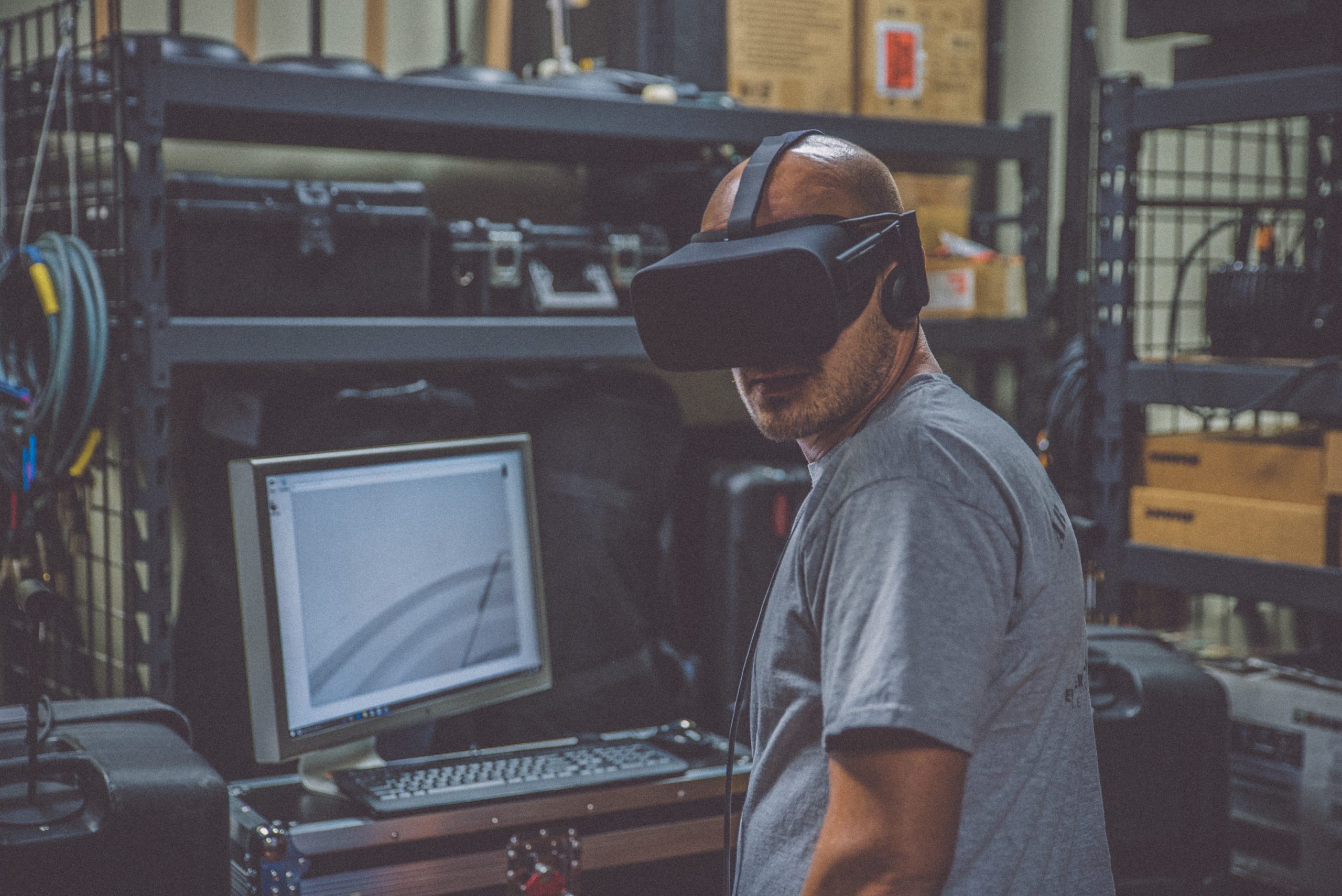2/22/2021
As the pandemic continues to confine the nation indoors, Americans have concocted an inventive solution to physical inaccessibility issues: virtual reality. Over the past year, the technology has been used by a marine scientist to help others “explore” the ocean, an SF-based company to train workers on empathy, a healthcare organization to train nurses, and much more. Former Oculus CTO John Carmack envisions that virtual reality (VR) will bear even greater potential in the future: “the promise of VR is to make the world you [want]… economically, you can deliver a lot more value to a lot of people in the virtual sense.” VR may provide opportunities to those that lack them––but evidence shows it can encourage rather than mitigate socioeconomic inequality.
VR presents multiple real-world issues that skew its benefits towards the more wealthy. Currently, most headsets are far from affordable; Facebook’s Oculus Quest 2 is considered one of the cheapest VR headsets at $299, but others can range in price up to $1000. Even when the technology’s cost inevitably drops due to production scale, it will likely still demand other resources from its users. Most VR games require at least 6.5 by 5 feet of physical space, but more will result in a better experience. Those with large houses may be able to enjoy a seamless virtual wonderland, but those confined to small apartments may not even have access in the first place.
The virtual space, unfortunately, is not free from opportunities for injustice either. Already, users in a VR space called Upland have been buying and selling virtual “real estate” not unlike landlords and tenants in the physical world. Eventually, Upland envisions that its virtual world will eventually be used to offer e-commerce and advertising options, but not without a price. Certain spaces bear more value than others––like a virtual building resembling the New York Stock Exchange, which auctioned at $23,000––creating an environment where the amount of money users have correlates to the quality of virtual space they can own. Retailers who want to reach out to a wider audience will have to pay premiums for a space with better “foot traffic,” or people wanting virtual houses will have to offer more money for better square footage. Regardless, benefits in the virtual space will only go as far as one’s material resources.
Unfortunately, inequalities in the virtual realm have the potential to become far worse. VR companies could easily create more paywalls, preventing lower-income users from accessing better stores or even holding better virtual jobs. Technology companies therefore have the responsibility to create as fair an environment as possible, lest the virtual world become more cruel than the real world.

